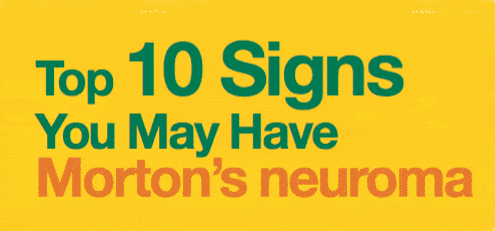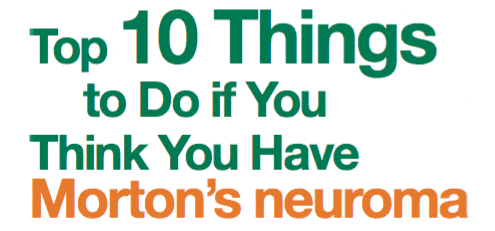Reviewed by Janet D. Pearl, MD, MSc
As a follow on to yesterdays Blog post “Foot Pain Part 1: Top 10 Causes of Foot Pain” today we discuss the Treatment for the top 10 causes of foot pain.
The pain associated with Heel spur are usually related to Plantar Fasciitis and the treatment is conservative treatment, similar to the treatment for Plantar Fasciitis. See above.


By providing us with your information you are consenting to the collection and use of your information in accordance with our Terms of Service and Privacy Policy.